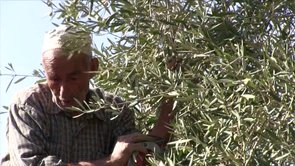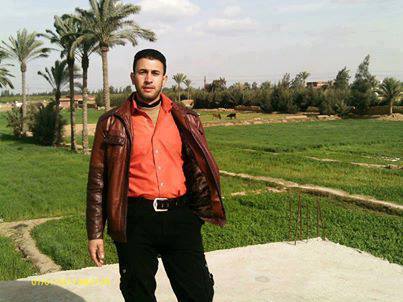Category: Gaza
-
Photos: Gaza supporters rally for Alaa Hammad, keep weekly vigil for Palestinian detainees
16th October 2013 | International Solidarity Movement, Gaza Team | Gaza, Occupied Palestine Palestinians rallied outside Gaza’s International Committee of the Red Cross (ICRC) office Monday morning to support Alaa Hammad, a Palestinian-Jordanian on hunger struck since May 2 against the conditions of his detention by Israel, and other Palestinian detainees. Families and supporters also…
-
Video: The olive harvest in the Gaza Strip, 2013
16th October 2013 | International Solidarity Movement, Gal·la | Gaza, Occupied Palestine Palestinians in the Gaza Strip harvest olives during the month of October. Several years ago, a large amount of land was planted with olive trees. They were completely destroyed by Israeli bulldozers, and Palestinians were prevented from replanting them by the so-called “green line.” Today…
-
Gaza man “kidnapped” by Israel in Sinai, says family
11th October 2013 | The Electronic Intifada, Joe Catron | Khan Younis, Occupied Palestine The abduction of a Palestinian-Egyptian from the Sinai on the eve of Egypt’s 3 July coup has highlighted the network of collaborators and agents working with Israel in the peninsula. Wael Abu Rida crossed the Rafah border from Gaza into Egypt on 6 June with his family, including…



